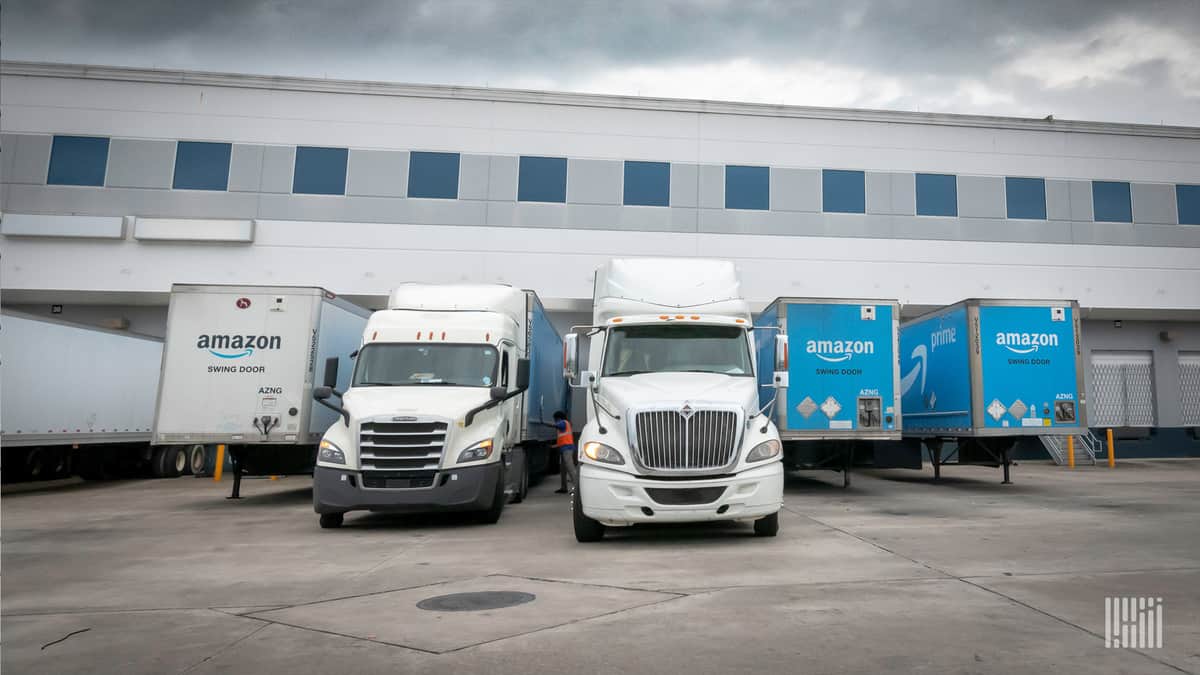Stay at home and work from home have accelerated demand for e-commerce giant Amazon’s services and products, sending its stock price up 27% year-to-date, to all-time highs, at a moment when the S&P 500 is down 14% year-to-date.
Crises may cloud economic forecasts, but there is another sense in which they clarify issues. We now know far more about vulnerabilities in food supply chains, consumer behavior, and underlying assumptions about appropriate inventory levels than we perhaps did before.
For Amazon, the coronavirus pandemic’s artificial inflation of e-commerce demand gives the company an opportunity to look into its own future and see what its sources of growth might be.
In this piece, we map Amazon’s logistics platform by warehousing, trucking and final mile. The warehousing section lays out the basic types of Amazon facilities and their function within the network.
In the trucking section, we offer a mental model for understanding Amazon’s motivations and strategy, and articulate our belief that its LTL providers and parcel integrators (now UPS and USPS) will be most at risk in the next few years. The final-mile section discusses the growth of Amazon’s contractor army and the flexibility and visibility offered by the Amazon Flex app.
Members Only
You have selected content that's only available to members of FreightWaves Passport. As a member, you gain immediate access to the most in-depth and informative freight research available. It's your gateway to continuing education.
Members also get:
- Access to exclusive community dedicated to discussing the most important challenges facing freight.
- Monthly and Quarterly Freight Market reports keeping you informed of industry trends.
- Much, much more!
Click below to learn more and sign up today!
Subscribe
Existing Passport subscribers may log in using the form below.
